Location:
PMKI > PM
Knowledge Areas > Cost Management.

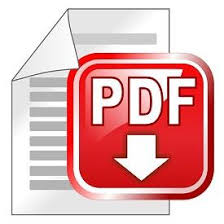
- Cost management overview
- Estimating costs
- Determining the budget and price
- Controlling costs
- Useful External Web-links &
Resources.
Other related sections of the PMKI:
- Earned Value and Earned
Schedule
- Resource management
- Project Controls
 Project
cost management has two distinct aspects, both of which
are important but both of which have a very different
focus, cost management (also cost engineering) and earned
value management (EVM).
Project
cost management has two distinct aspects, both of which
are important but both of which have a very different
focus, cost management (also cost engineering) and earned
value management (EVM).
Cost management is the process of planning and controlling the budget of a project. It includes activities such as cost planning, estimating, budgeting, financing, funding, managing payments, and controlling costs so that the project can be completed within the approved budget. Also called cost engineering, these processes cover the full life cycle of a project from the initial planning to completion, and supports the organization’s accounting function. Key aspects include:
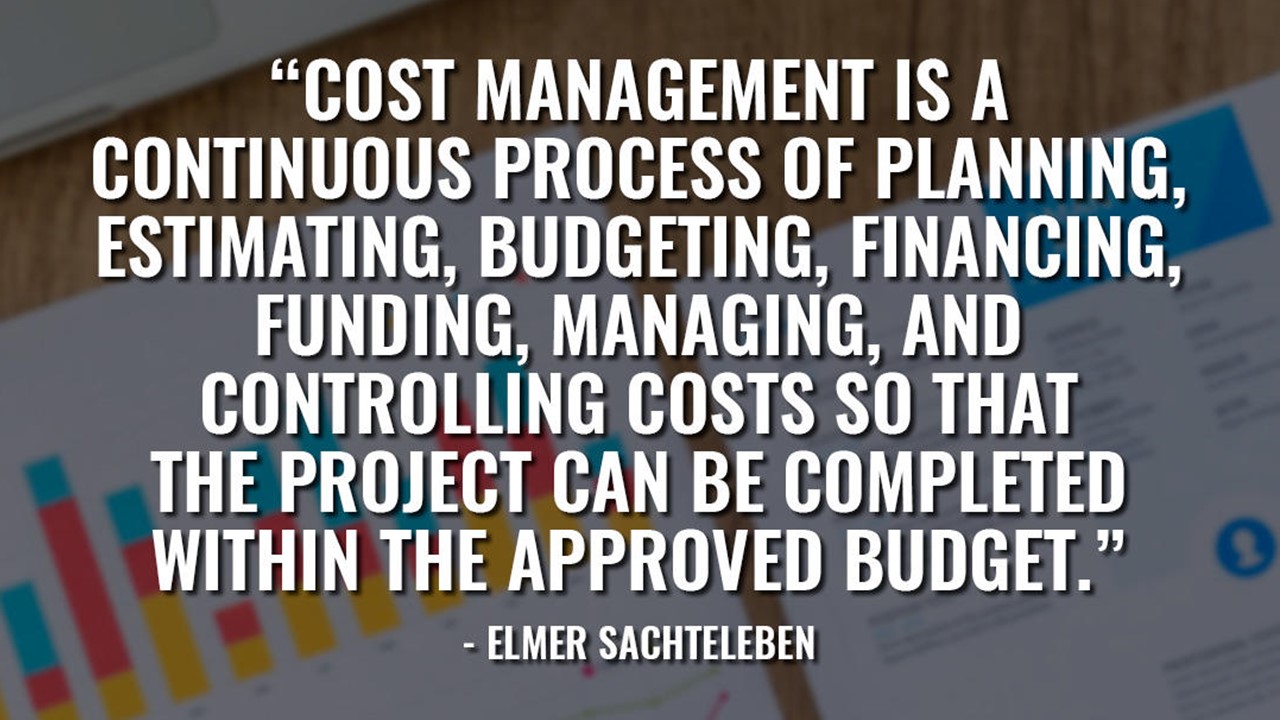 Cost
management is a proactive function that considers the
optimization of the costs associated with acquiring and
deploying / using the resources needed to accomplish the
project scope of work and the effect of project decisions
on these costs. It also considers balancing project cost
decisions against the long term costs associated with
owning and operating the product to achieve the optimum
overall cost outcome (also called life cycle costing
and/or total cost of ownership).
Cost
management is a proactive function that considers the
optimization of the costs associated with acquiring and
deploying / using the resources needed to accomplish the
project scope of work and the effect of project decisions
on these costs. It also considers balancing project cost
decisions against the long term costs associated with
owning and operating the product to achieve the optimum
overall cost outcome (also called life cycle costing
and/or total cost of ownership).
The ability to positively influence cost is greatest early in the project and diminishes over time, therefore achieving the optimum outcome requires a proactive approach during the early planning phases.
The money spent by the project is owned by the client or the performing organization; more than in other disciplines this means the project has to communicate regularly with the relevant stakeholders and be aware different stakeholders have different views of when money is spent and what constitutes project vs organizational costs. Most of this interaction is accomplished through a combination of structured reporting and dealing with inputs to and outputs from the organization’s financial management systems.
As with time management, there is no point in producing detailed estimates of work that is not fully defined. In most projects a process needs to be agreed to determine a high level budget for the overall work and then the addition of more detail as better information becomes available.
The origins of the functions of accounting and cost
engineering (cost estimating, cost control, etc.) extend
back into antiquity, see
more in our history section.
Earned Value Management (EVM) uses project cost information as a metric, for a project management control process that extends well beyond simple cost control - see Earned Value & Earned Schedule.
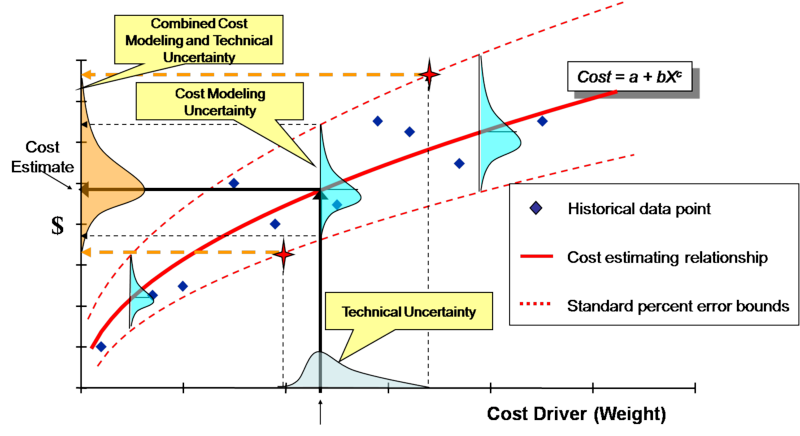
There is no such thing as a 100% accurate estimate. The primary driver of uncertainty in every estimate (time and cost) is the degree of technical uncertainty in the project, what we don't know about the how the work will be accomplished, the capabilities of the resources assigned to the work, and how long they will actually take to do the work. There is also potential variability in the price that will actually be paid for goods and services in the future and there may be errors in the estimating process itself. Finally, there are the problems and opportunities that may, or may not occur (both foreseeable and unforeseeable). Some of these factors can be managed or mitigated, others are inherently uncontrollable. What is important is understanding the degree of error likely in any estimate estimate and indicate this as a range estimate of some form - see our Risk Management page for more.
A good estimate balances and optimizes the overall cost, for example, additional time and money spent on refining a design should produce savings during production.
WP: Cost Estimating. Guidelines for creating a good estimate at the right level of detail.
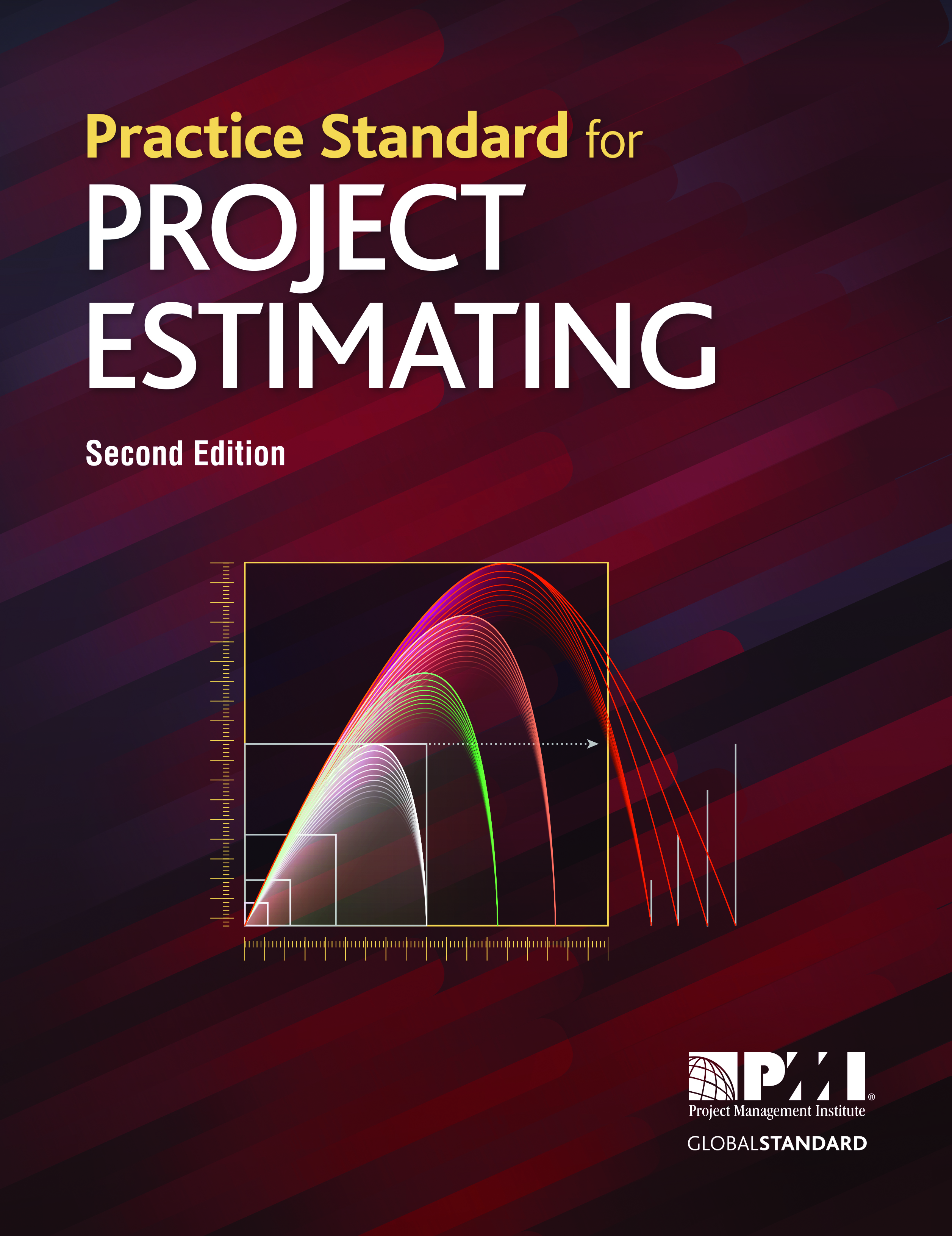 PMI's
Practice Standard for Project Estimating is
available free of charge to PMI members It focuses on
providing models for the project management profession in
both plan-driven and change-driven adaptive (agile) life
cycles, see:
PMI's
Practice Standard for Project Estimating is
available free of charge to PMI members It focuses on
providing models for the project management profession in
both plan-driven and change-driven adaptive (agile) life
cycles, see:
https://www.pmi.org/pmbok-guide-standards/framework
Prs: Estimating Fallacies - excessive detail does not help. Estimating costs and durations can be done in great detail, however, detailed is not synonymous with accurate! Excessive detail can reduce accuracy and devalue an estimate. This paper sets out a pragmatic framework for estimating that offers realistic levels of accuracy to generate sensible expectations for a reasonable investment of estimating effort.
Art: The Real Estimating Challenge is not calculating the price! Selling a realistic estimate to management and then delivering on budget are harder to achieve than developing the estimate.
Art: Contingencies are not a soft option! Calculating an appropriate level of contingency and management reserve for a project is difficult. Persuading management to accept the need for contingencies and reserves is even more challenging.
WP: The innate effect of Bias. Discusses the important effect of cognitive biases on the way estimates are developed.
Blg: The reference case for management reserves. Reference case forecasting is one way to remove the effect of optimism bias and other systemic errors in estimating the value of a project.
One solution to group effects on estimating is Planning poker, also called Scrum poker, is a consensus-based, gamified technique for estimating, mostly used to estimate effort or relative size of development goals in software development. In planning poker, members of the group make estimates by playing numbered cards face-down to the table, instead of speaking them aloud. The cards are revealed, and the estimates are then discussed. By hiding the figures in this way, the group can avoid the cognitive bias of anchoring, where the first number spoken aloud sets a precedent for subsequent estimates.
Click
through for a listing of cost estimating software
 Cost
estimating is not ‘pricing’. Cost estimating is the
calculation of the expected cost of the project based on
the unit cost rate of all of the inputs (resources)
planned to be used or consumed in performing the work. It
is an approximation of the actual cost. Pricing (ie,
deciding on a tender price, or a quotation, or a market
price) uses the cost estimate as one of many inputs to the
overall business process of deciding the ‘best’ price to
charge. Other factors include a return on capital
invested, a premium for managing risks, the desired
profit, and an assessment of any competing prices/bids.
Cost
estimating is not ‘pricing’. Cost estimating is the
calculation of the expected cost of the project based on
the unit cost rate of all of the inputs (resources)
planned to be used or consumed in performing the work. It
is an approximation of the actual cost. Pricing (ie,
deciding on a tender price, or a quotation, or a market
price) uses the cost estimate as one of many inputs to the
overall business process of deciding the ‘best’ price to
charge. Other factors include a return on capital
invested, a premium for managing risks, the desired
profit, and an assessment of any competing prices/bids.
The budget for the project is based on the estimate (including contingencies for known risks), distributed over the life of the project. The cost estimate defines the cost of each work package or activity, whereas the budget allocates the costs over the time period when the cost will be incurred. A cost baseline is an approved time-phased budget that is used as a starting point to measure actual performance progress, it becomes a component of the overall project management plan, and provides the basis to measure, monitor and control project expenditure.
Blg: The reference case for management reserves. Reference case forecasting is one way to remove the effect of optimism bias and other systemic errors in estimating the value of a project.
WP: Depreciation. Depreciation is a way of spreading the cost of an item over its useful life, this paper looks at what a PMP candidate needs to know.
WP: The Point of Total Assumption. The PTA is the point above which the seller effectively bears all the costs of a cost overrun on a fixed price ‘incentive fee’ (FPIF or FPI) contract.
Financial Ratios are used to assess the viability
of a business some of the key assessments are:
 Cost
Control is concerned with measuring variances from the
cost baseline and taking effective corrective action to
minimize cost overruns. In every project, procedures are
needed to monitor expenditures and performance against the
budget, and the actual progress of a project. This
includes:
Cost
Control is concerned with measuring variances from the
cost baseline and taking effective corrective action to
minimize cost overruns. In every project, procedures are
needed to monitor expenditures and performance against the
budget, and the actual progress of a project. This
includes:
Tight cost control gives a company considerable influence over its cash flows and reported profits, Earned Value Management (EVM) is one way to achieve this.
Art: Stop Throwing Money Away! The effect of sunk costs and emotions on the decision to kill a project.
Click through for a listing of cost control software
 Easy
EVM is a self-paced course-in-a-book.
Easy
EVM is a self-paced course-in-a-book.
$35.00 AUD (Plus GST, Australian customers only). Size: 240 pages, 100 questions, file size 14 Mb.
Open the Book2Look preview to see the full table of contents, sample pages, and sample questions & answers. Open Book2Look preview
 PMI's
Standard for Earned Value
Management
PMI's
Standard for Earned Value
Management
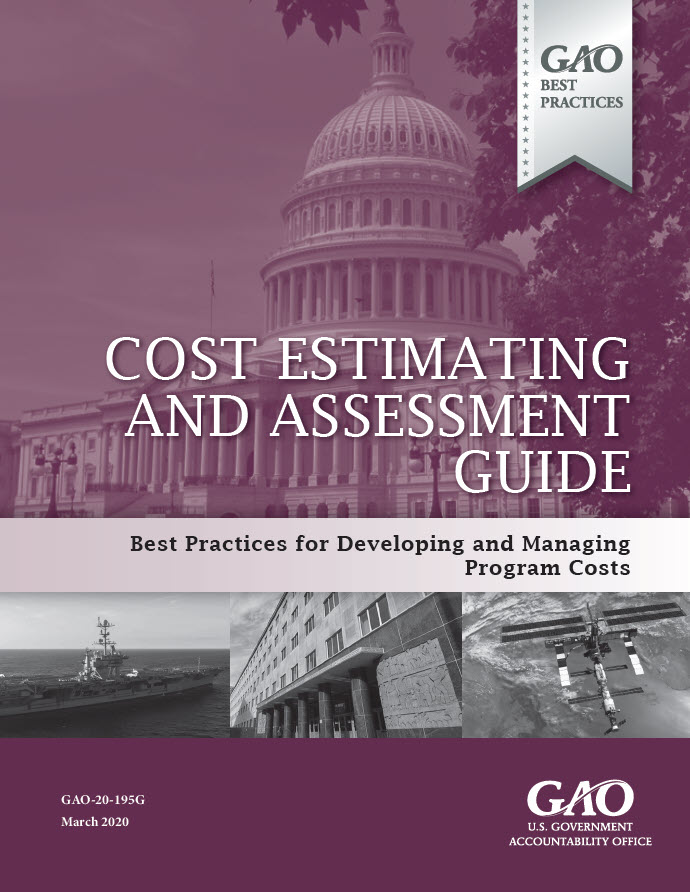 Download
the U.S. Government Accountability Office (GAO)
Download
the U.S. Government Accountability Office (GAO)
Cost Estimating and Assessment Guide.
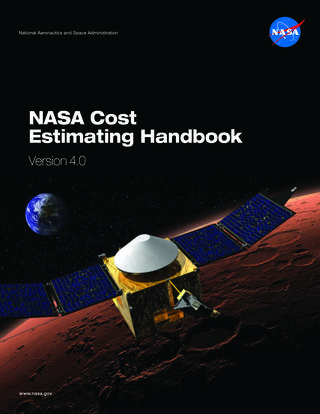 Download
the NASA Cost Estimating Handbook
Download
the NASA Cost Estimating Handbook
(sourced from https://www.nasa.gov/content/nasa-cost-estimating-handbook-ceh)
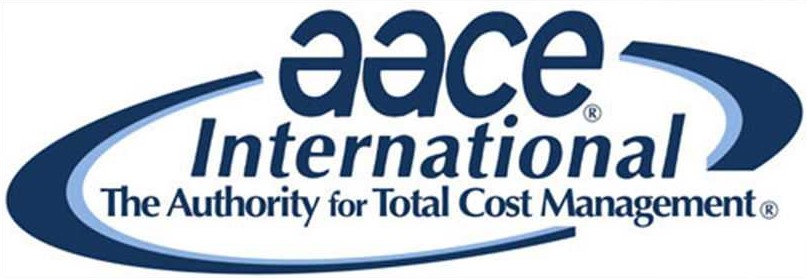 Association
for the Advancement of Cost Engineering:
Association
for the Advancement of Cost Engineering:
https://web.aacei.org/
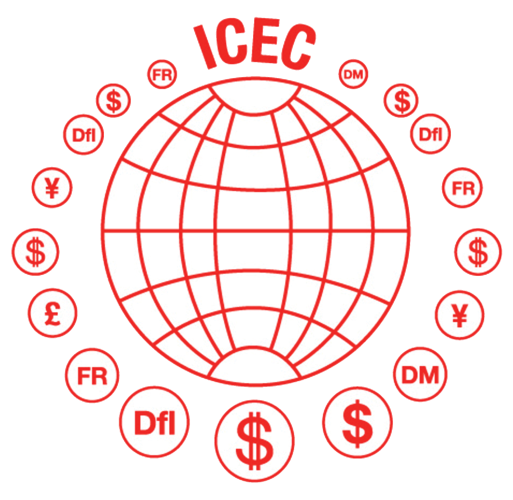 ICEC
The International Cost Engineering Council is a
non-political and non-profit organization that promotes
cooperation between cost engineering, quantity surveying
and project management organizations worldwide: https://www.icoste.org/
ICEC
The International Cost Engineering Council is a
non-political and non-profit organization that promotes
cooperation between cost engineering, quantity surveying
and project management organizations worldwide: https://www.icoste.org/
 ICEAA
The International Cost Estimating and Analysis Association
is a nonprofit organization that strives to promote and to
enhance the profession of cost estimating and analysis: https://www.iceaaonline.com/
ICEAA
The International Cost Estimating and Analysis Association
is a nonprofit organization that strives to promote and to
enhance the profession of cost estimating and analysis: https://www.iceaaonline.com/
Compass International, Inc. commercial/industrial
construction cost estimating data: https://compassinternational.net/
 For papers on Cost Estimating and Controls presented
at the PGCS Annual Symposium see:
For papers on Cost Estimating and Controls presented
at the PGCS Annual Symposium see:
https://www.pgcs.org.au/papers/cost/
 Earned Value
Management for Business. This
workshop is designed to provide students with an
understanding of the power of using Earned Value as a
practical control and monitoring technique to deliver
added value and insight from their overall project control
process (view course details).
Earned Value
Management for Business. This
workshop is designed to provide students with an
understanding of the power of using Earned Value as a
practical control and monitoring technique to deliver
added value and insight from their overall project control
process (view course details).